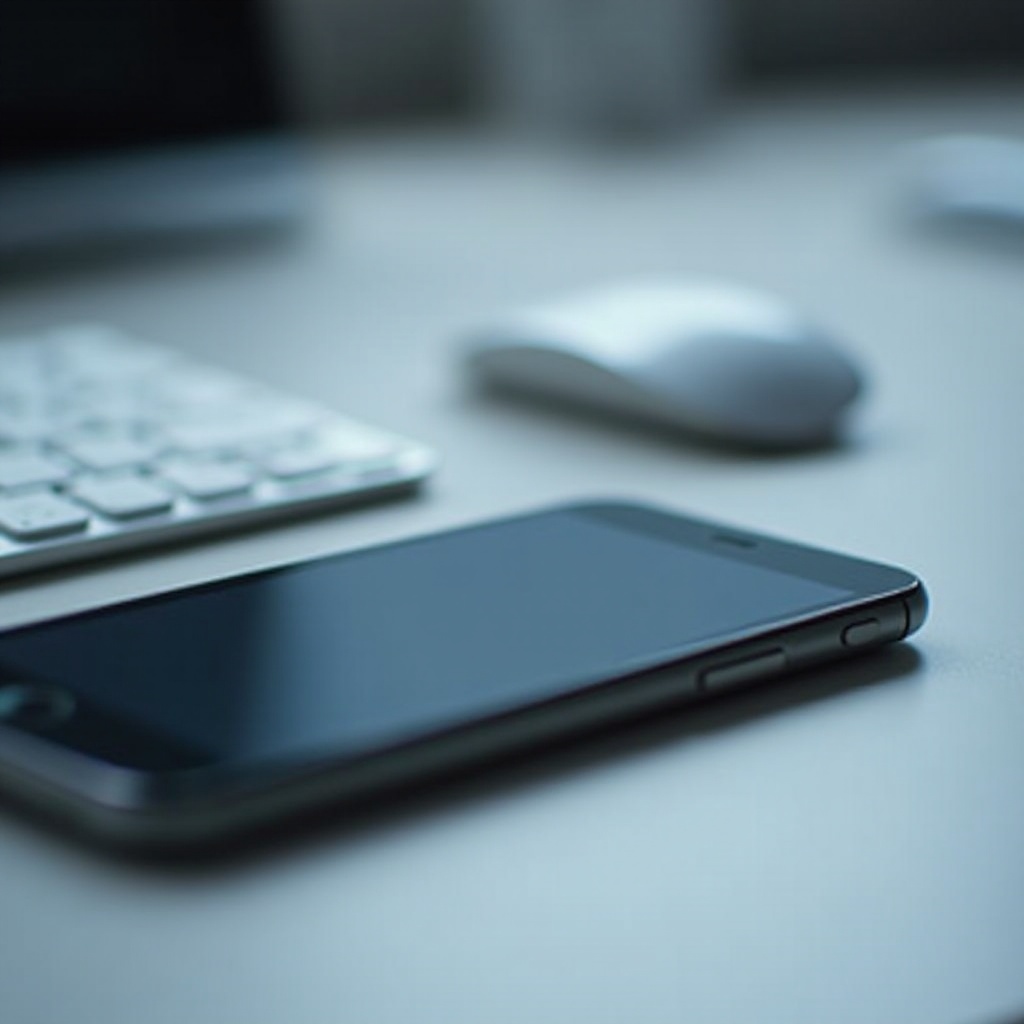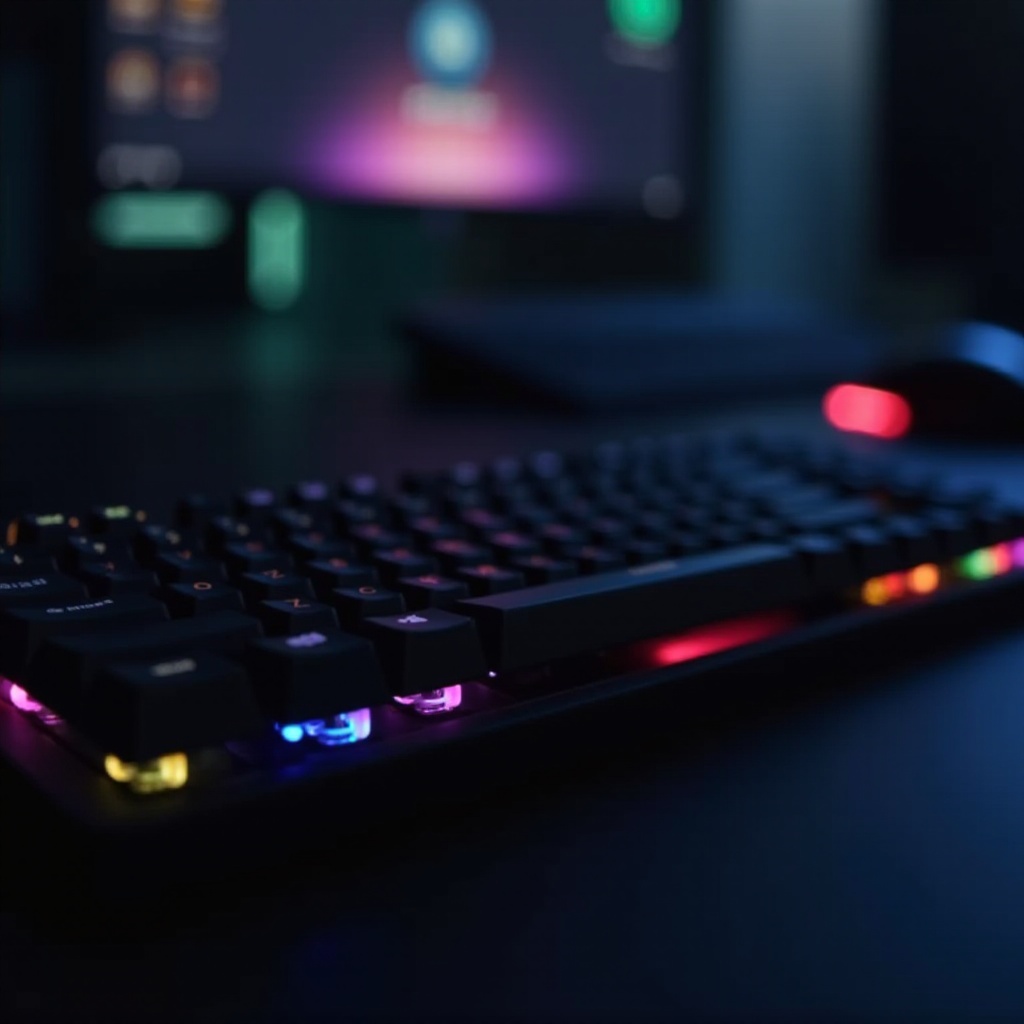Introduction
Having a malfunctioning iPhone charging port can be incredibly frustrating, especially if you’ve recently cleaned it thinking it would improve its performance. Charging issues can disrupt your day-to-day activities by halting communication and productivity. As an iPhone user, identifying and addressing such problems is crucial. Often, these issues surface after a seemingly helpful cleaning session, leaving you wondering why your device still won’t charge. This article delves into common problems that might occur after cleaning your charging port and offers step-by-step troubleshooting advice. You’ll also learn when it’s appropriate to seek professional help and discover preventative strategies for maintaining an effective charging port.
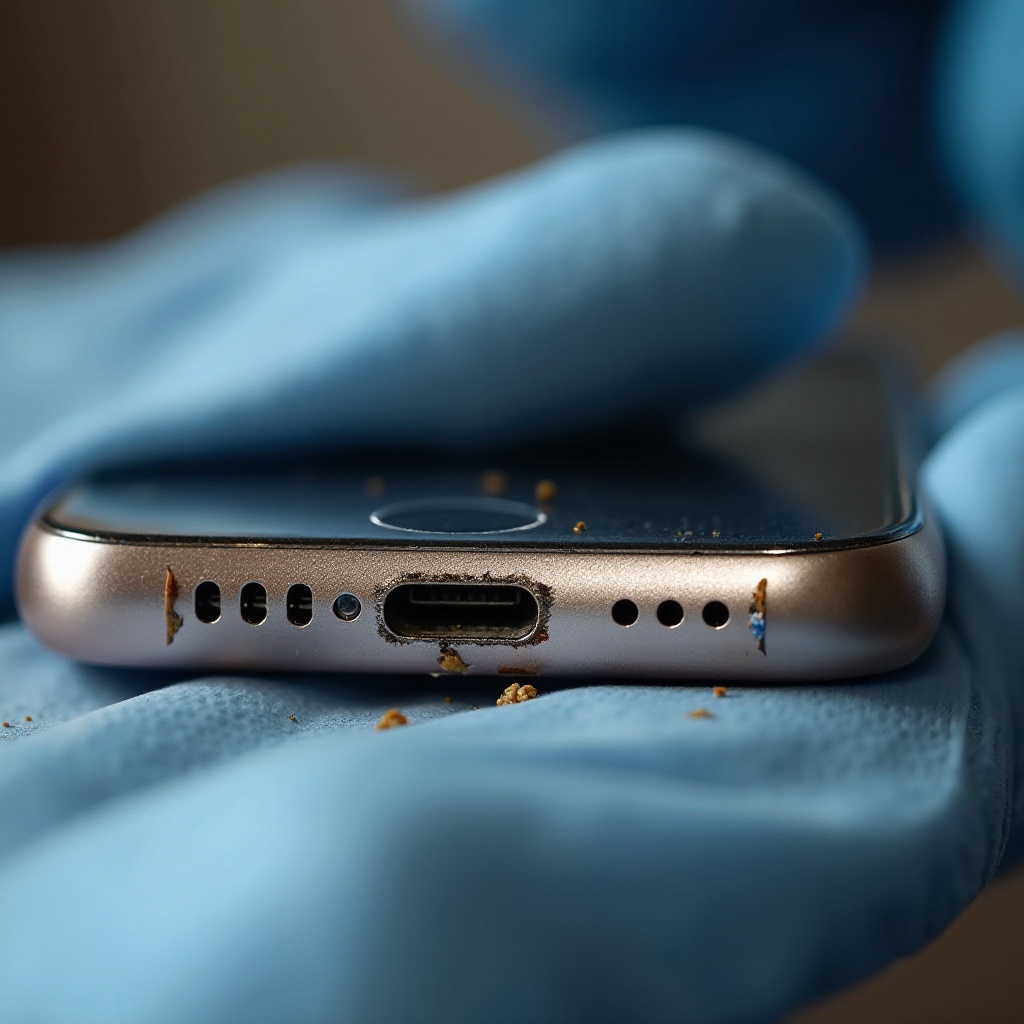
Common Problems with iPhone Charging Ports After Cleaning
Many iPhone users find themselves facing charging port issues immediately after cleaning. This problem is unexpected and can manifest in a few ways:
-
Residual Debris: After cleaning, small particles might linger in the port, obstructing the connection with your charger.
-
Moisture Exposure: Using incorrect cleaning agents could introduce moisture into the port, potentially causing short circuits and preventing the phone from recognizing the charger.
-
Damaged Connectors: Heavy-handed cleaning might bend or damage the port’s connectors, disrupting the charging process.
Understanding these problems helps in adopting a careful approach to both resolving the issue and preventing it in the future.
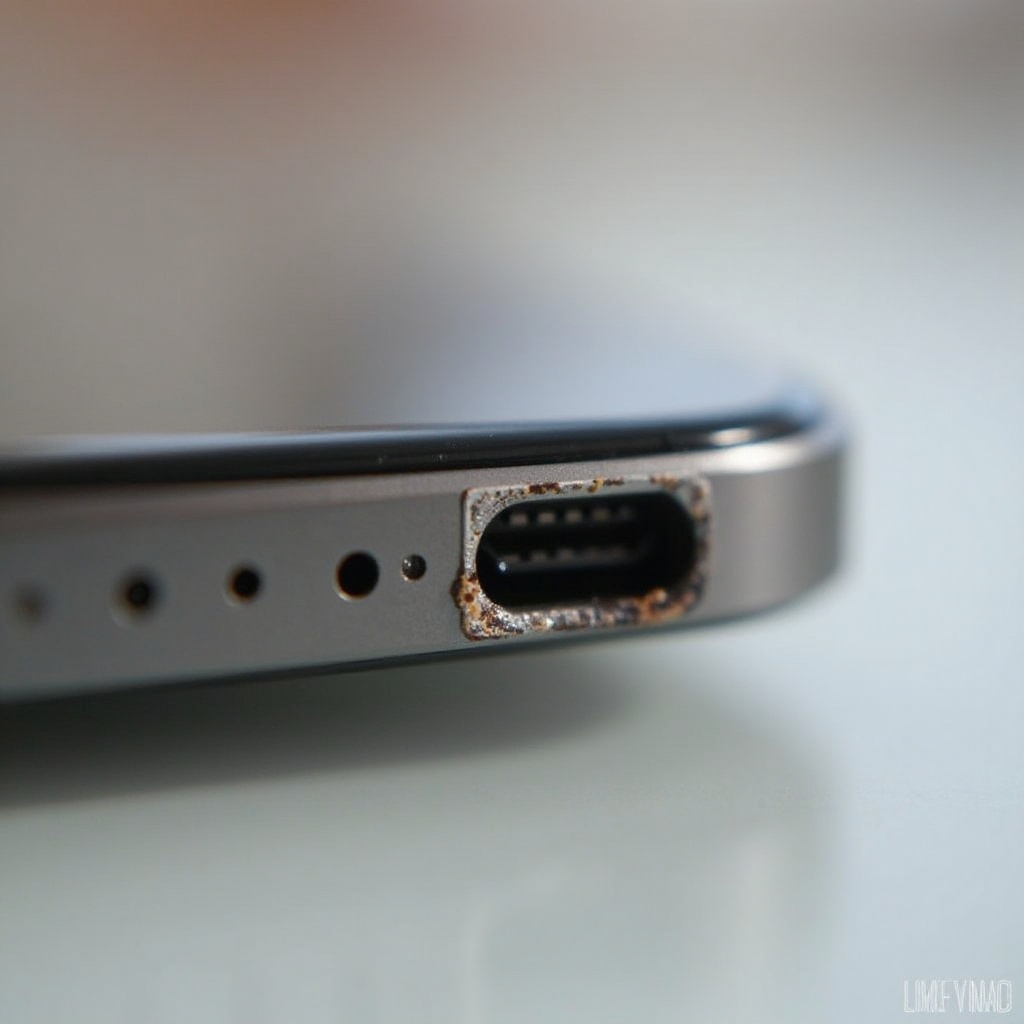
Troubleshooting Your iPhone’s Charging Port
When your iPhone’s charging port doesn’t function properly, effective troubleshooting is vital. Here are steps to help you address the issue:
Check for Residual Debris
- Shine a flashlight into the port to spot any debris.
- Carefully remove debris using a soft-bristled brush or a dry toothbrush.
- Avoid using metal tools to prevent damage.
Assess Charger and Cable
- Test your charger and cable with another device to verify their functionality.
- Inspect for visible damage such as frayed wires or bent connectors.
Experiment with Different Power Sources
- Use a different outlet or connect to a computer to see if the power source is at fault.
- Make sure the power source is operational by testing it with another device.
These steps will help you isolate the problem, making it clearer whether it’s the port or an external factor causing the issue.
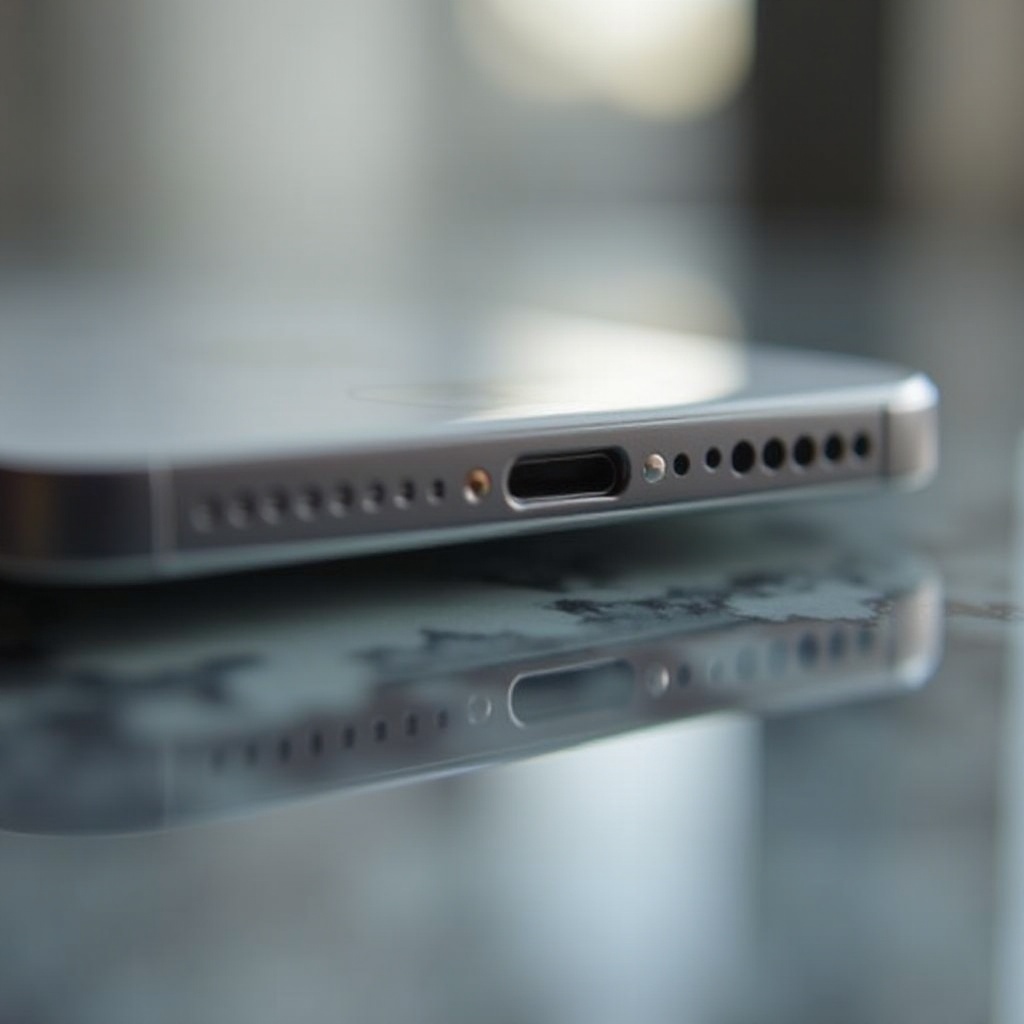
DIY Solutions to Fix Your Charging Port
If troubleshooting does not resolve your charging problem, try these DIY solutions:
Re-Clean the Port Cautiously
- Use compressed air to gently remove lingering debris.
- Ensure the port is completely dry before charging.
Update iOS Software
- Connect to Wi-Fi.
- Go to Settings > General > Software Update to check for updates.
- Install updates as they may include fixes for known charging issues.
Reset iPhone Settings
- Navigate to Settings > General > Reset.
- Select Reset All Settings to reset settings without erasing data.
These methods can solve underlying issues that aren’t immediately apparent, restoring your device’s functionality.
Knowing When to Seek Professional Assistance
DIY solutions are effective for many issues, but professional help is sometimes necessary. If your charging port remains non-functional or shows physical signs of damage, it’s best to contact Apple Support or visit an authorized repair service. Professionals have specialized tools and expertise to diagnose and fix problems, such as replacing damaged connectors or addressing internal hardware issues.
Preventative Care for Your iPhone Charging Port
Preventative care is crucial to maintaining a well-functioning charging port and avoiding future issues.
Regular Cleaning Practices
- Clean the port every few months to keep dust at bay.
- Use safe tools, such as compressed air or a dedicated port cleaning brush.
Protective Cases and Covers
- Invest in cases that shield the port without interfering with charging.
- Protecting the port from moisture and dust can prevent future problems.
Keep Charging Accessories Clean
- Store chargers and cables in dust-free areas.
- Avoid using phones on surfaces where debris can accumulate.
By applying these preventive tactics, you can prolong your iPhone’s charging port lifespan and minimize issues after cleaning.
Conclusion
Dealing with an unresponsive iPhone charging port after tidying it can be annoying, but understanding potential causes and addressing them effectively makes the process smoother. Follow the suggested troubleshooting steps, explore DIY solutions, and know when to consult professionals. By maintaining your charging port and adopting preventative measures, you’ll enjoy uninterrupted charging and device reliability.
Frequently Asked Questions
Why won’t my iPhone charge even after cleaning the port?
There might still be residual debris, moisture issues, or software updates needed. Follow the provided troubleshooting steps.
Can I use a needle or pin to clean my iPhone’s charging port?
No, using a needle or pin can damage the port. Opt for a soft brush or compressed air instead.
What should I do if my charging port is damaged?
Contact Apple Support or visit an authorized service provider to assess and repair any physical damage.

